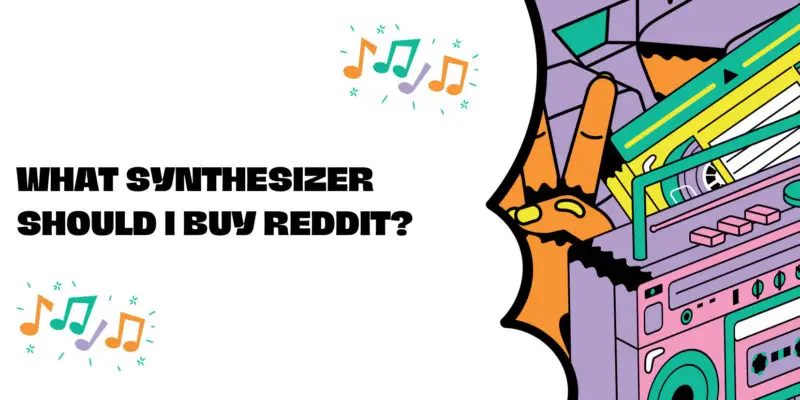Synthesizers are complex electronic instruments that are susceptible to various external factors that can potentially cause damage or degrade their performance. Musicians and producers invest time and resources in their synthesizers, making it essential to understand the vulnerabilities and potential sources of damage to protect these valuable instruments. In this article, we will explore the common sources of damage that synthesizers are weak to and discuss preventive measures to ensure their longevity and optimal performance.
1. Environmental Factors:
a. Temperature and Humidity: Extreme temperatures and high humidity levels can be detrimental to synthesizers. Excessive heat can cause components to overheat and malfunction, while high humidity can lead to corrosion and short circuits.
b. Dust and Dirt: Dust and dirt can accumulate inside synthesizers over time, clogging vents and cooling fans. This can result in overheating and reduced airflow, potentially causing damage to sensitive components.
c. Exposure to Sunlight: Prolonged exposure to direct sunlight can lead to overheating and damage to the synth’s casing and internal components.
Preventive Measures:
- Store your synthesizer in a controlled environment with stable temperature and humidity levels.
- Use protective covers when the synth is not in use.
- Regularly clean the exterior and interior components using compressed air or a soft brush.
- Avoid placing your synth in direct sunlight or near heat sources.
2. Electrical Issues:
a. Power Surges: Sudden power surges or electrical spikes can damage internal circuitry and components in synthesizers. This can occur due to lightning strikes, faulty power outlets, or power supply issues.
b. Incorrect Voltage: Plugging a synthesizer into a power source with the wrong voltage can lead to immediate damage or long-term wear and tear on the components.
Preventive Measures:
- Use surge protectors or uninterruptible power supplies (UPS) to safeguard against power surges.
- Verify that your power supply matches the voltage requirements of your synthesizer, and use voltage converters when traveling to regions with different power standards.
3. Physical Impact:
a. Drops and Impacts: Physical impacts, such as dropping a synthesizer or subjecting it to rough handling during transportation, can result in damage to the casing, keys, buttons, and internal components.
Preventive Measures:
- Invest in sturdy cases or bags for transportation and storage.
- Handle your synthesizer with care, especially when moving it or setting it up.
4. Spills and Liquid Damage:
Accidental spills of liquids, such as beverages or water, can cause serious damage to synthesizers, resulting in short circuits and component corrosion.
Preventive Measures:
- Keep drinks and liquids away from your synthesizer when in use.
- Use protective covers or enclosures to shield your synth from potential spills.
5. Electrical Interference:
a. Electromagnetic Interference (EMI): Synthesizers can be sensitive to electromagnetic interference from nearby electronic devices, causing unwanted noise or erratic behavior.
Preventive Measures:
- Keep synthesizers away from sources of electromagnetic interference, such as power transformers and unshielded audio cables.
- Use shielded cables and consider placing ferrite chokes on cables to reduce EMI.
Conclusion: Protecting Your Synthesizer Investment
Understanding the vulnerabilities of synthesizers and taking preventive measures is crucial to ensuring the longevity and optimal performance of these valuable musical instruments. By safeguarding against environmental factors, electrical issues, physical impact, liquid damage, and electrical interference, you can enjoy years of creative expression and musical exploration with your synthesizer without the risk of damage or degradation in quality.

